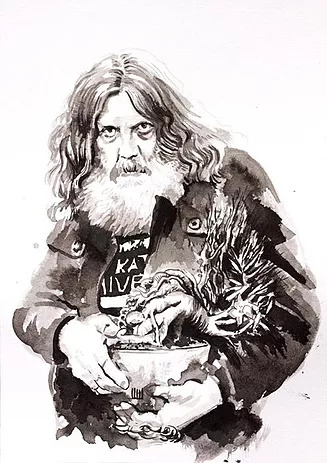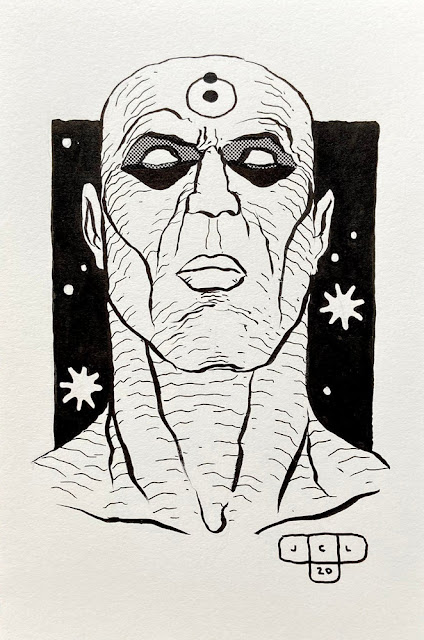The book, compiled by writer and producer Paul Goodenough, will include more than 120 stories on environmentalism from celebrities, scientists, comedians, charities, activists, and artists.
Goodenough said: "We are uniting the most important environmental voices on the planet: from indigenous people to activists, from storytellers to celebrities, and helping them collaborate to craft moving comic stories."
Besides Moore, confirmed contributors include Ricky Gervais, Cara Delevingne, Taika Waititi, Patrick Stewart, Jane Goodall, Lenny Henry, Yoko Ono and Peter Gabriel among others.
"The publication of The Most Important Comic Book on Earth is a significant part of a broader, cross-charity campaign called Rewriting Extinction, founded by Goodenough,” DK explained. “Working with charities including World Land Trust, The Wildlife Trusts, Reserva YLT, Born Free, Rewilding Europe and Re:wild, the project aims to raise awareness and fundraise for conservation projects around the world.”
The Most Important Comic Book on Earth will be published on 28th October in the UK and the 2nd November 2021 in the US and Australia.
Pre-order you copy, HERE.
More info: here - here - here - here













